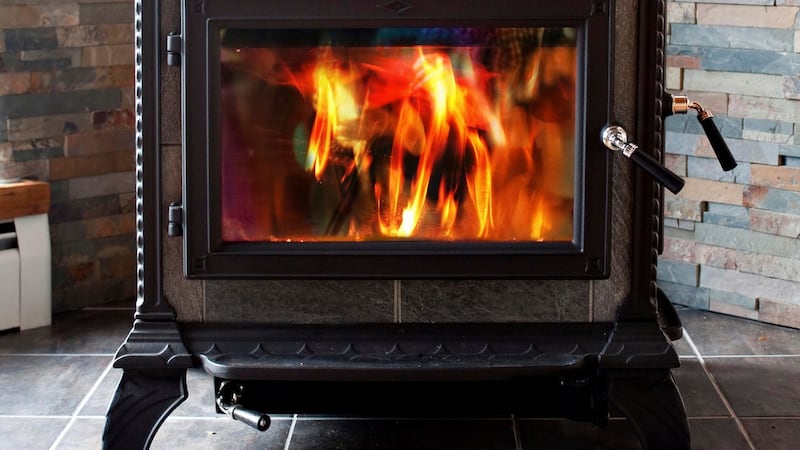It’s the time of year for shedding things we no longer need. Decluttering and organising our homes is for many the number one task on the list of new year’s resolutions. For those planning a home improvement in 2019, consider leaving out a couple of items in the first place.
Advances in technology and building standards have made our homes warmer, more energy efficient, smarter and generally better designed than they were 10 years ago.
All of these improvements mean some home accessory items have now become redundant. Yet many of these things are still making their way into our homes. In most cases not only are they costly to install but they are cumbersome to maintain and expensive to repair. I’ve made a list of the top five things to remove from your wishlist if you’re building, renovating or extending in the new year.
Five- amp sockets
These were popular a few years ago when anyone doing a sizeable home renovation or extension invariably included them in their plans. A five-amp socket is a plug socket that allows you to plug in a lamp and control it from a switch on your wall. A great idea but the reality is that in many cases they are never used. The reason is that all lamps come with a standard 13-amp plug which will need to be replaced so that you can plug it into the five-amp socket. This is something you will have to do yourself or ask the store to do for you. Replacing the plugs has been further complicated with many lamps now coming with moulded plug fittings. So unless you’re very confident with electrical tinkering, it’s unlikely your new five-amp socket will ever get used.
A stove
Where you have an existing fireplace, a stove is a lovely feature and an economical choice. Stoves are up to three times more energy efficient than open fires, and they keep the house warm even when not being used because of the reduction in ventilation heat losses. Replacing an open fire with an efficient stove can reduce the household energy consumption by 8 per cent to 10 per cent. So it’s no surprise they have grown in popularity in recent years. But it’s worth considering carefully about splashing out on one if you are thinking about putting it in a newly renovated open plan area with lots of glass.

Newly built homes or extensions are super insulated and a lot of glazing will mean they are comfortable all year round, so the need for a stove to heat the space is redundant, especially if you have underfloor heating. The cost of purchasing and installing a stove starts at around €4,000 so it is a significant amount of money for something that may be nothing more than a focal point in a room.
Built-in coffee machine

These were a great idea years ago when the countertop alternatives were bulky and time-consuming to operate. Now, however, coffee making appliances are incredibly compact and convenient to use. The integrated options are very expensive, difficult to clean and costly to repair. In many cases, they end up taking up valuable space in a kitchen and don’t tend to get used.
A central vacuum cleaner
This is a type of vacuum cleaning system that is fully integrated into your home. The dirt is removed through tubing installed inside the walls that lead to a collection container located in an area such as a utility room or garage. Inlets are fitted in walls throughout the house to which you attach a power hose avoiding the need to pull a heavy vacuum cleaner around the house with you. Today, however, there are some excellent cordless vacuum cleaners on the market, the most popular of which is the Dyson. They are lightweight and very powerful making “hoovering” a much easier task. With the built-in system, like any other integrated appliance, if something breaks it is costly to repair. The power supply and collection container both take-up space. And the cost of installation is greater than that of a high-powered cordless appliance.
A landline
More than a third of people ignore their home phone when it rings, expecting it to be a sales call and 28 per cent can’t even remember the number, according to research by UK broadband company Relish.

The main reason for having a landline today is not for a phone but because it comes with the broadband package. However, as long as your home has access to fibre-optic cables you shouldn’t need a landline for the internet.
It’s important to note that in some rural regions, fibre and superfast broadband packages still may not be available. Bear in mind you can always go for a broadband-only ADSL package, where the phone line is used merely to provide your broadband, but you shouldn’t have to pay for a home phone element of your plan.











